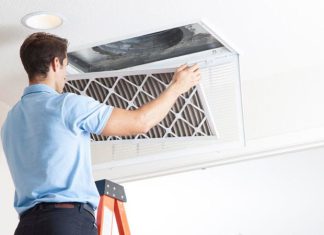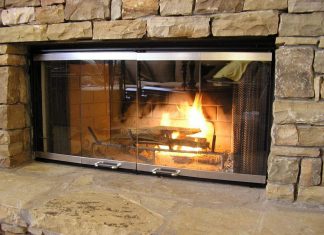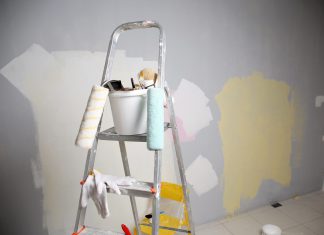Buying a home, whether it’s your first or tenth, is an exciting period in your life. It’s an opportunity to start living independently or to increase the space for you and your family. However, house prices in Australia are still increasing. That makes it difficult to get on the ladder or trade up. In short, if you’re buying a home, you are probably pushing your financial limits.
The last thing you need is an expensive repair bill just after moving in. That’s why you need to know how to inspect the plumbing in your new home.
If you prefer, you can undertake a real estate agent course here at courses.com.au and understand exactly what the agent needs to disclose or not. It will help you know what to look at in a property and you could even start working as an estate agent yourself.
Here’s what you need to know about your new plumbing system:
Pipe Material
Most modern houses will use either copper or plastic pipes. These are both acceptable and should last for many years. However, some older homes will still use lead piping.
Unfortunately, lead from the pipes will leach into the water and can lead to serious health issues. If the home you’re looking at buying has lead pipes you’ll need to replace them before you can start using the water.
Leaks
Leaks can cause a lot of issues in the home. In the first instance, they will waste water, which costs you money. An undiscovered leak can also cause damp to build up on the floor and other parts of the home. If this water soaks into the wood it will, eventually, cause wet rot. This destroys the structural integrity of the wood and it will need to be replaced. If the wood is structurally important to the house you’ll need to verify that the house is still structurally sound.
The simplest way to check for leaks is to take a meter reading and then don’t use any water. After an hour or two, take another reading. If the reading has changed there is a leak somewhere in the house. The challenge will be finding it.
Drains
Your next stop should be the appliances in your new property. Fill each sink or bath with a little water and then pull the plug. The water should drain smoothly and efficiently. If it is slow draining you may have a clog in the pipes. The sooner this is dealt with the better. If the pipe becomes fully blocked the wastewater will flow backwards up the pipes and into the home.
Don’t forget to pull the flush as well and verify that the toilet is draining properly.
You can also inspect all the plumbing fixtures on the waste pipes to ensure there are no leaks.
The Water Heater
It can be expensive to replace a water heater but it does need to be done. The average one will last 7-10 years. Water heaters usually suffer from corrosion as they have all the right elements for this to happen. This can result in reduced water flow as well as leaks at the bottom of the heater.
Alongside this, the water heater may simply not work efficiently. It can be hard to assess this before buying but inspecting the bottom of it and turning it on to make sure there are no strange sounds is a good starting point.
Sewers
Most homeowners don’t realize that the sewer pipes running under their property are their responsibility. The water board only takes over when the pipes join the main line.
That means you are responsible for digging up and repairing or replacing any damaged sewer pipes in your yard. Check the route the pipes take and inspect it. A leak is generally obvious by the aroma or the fact you have grass which is much greener in one area.
What To Do If You Find An Issue
You can request a professional supply you with a detailed report of the issues you’ve uncovered. But, the main thing to do when you discover plumbing issues is to work out what it will cost you and then renegotiate with the seller. For the property to be viable you’ll need a reduction in the price.















